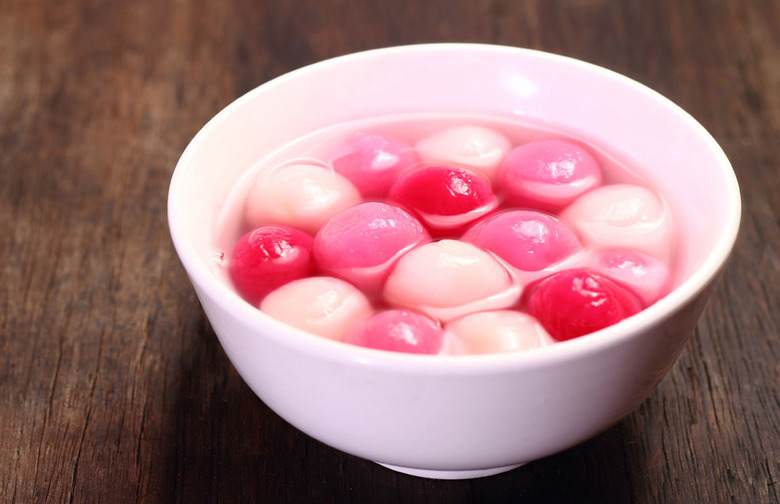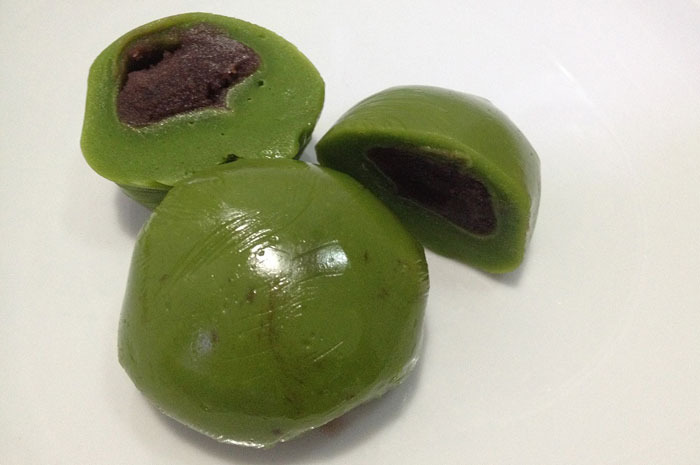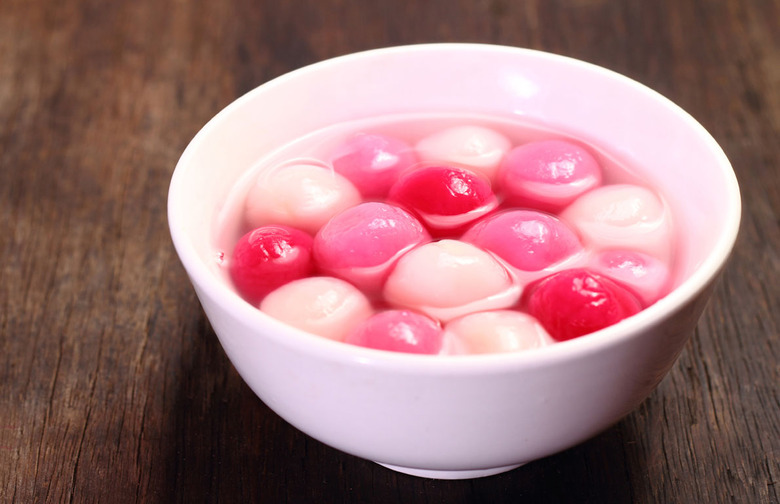The 11 Best Chinese Dumplings (And How To Tell One From Another)
So versatile is the term "dumpling" that is used to describe pierogis, ravioli, pastels, and more. You could definitely travel the world with dumplings as your guide. There are at least 40 different types of dumplings in China alone, and many of them can be sampled during a single dim sum lunch. They come in different shapes, colors, textures, and flavor profiles, and can include a variety of meats, seafood, and vegetables as fillings. But how can you decide which dumpling tastes the best if you don't even know how to tell them apart? We're here to help. Here is our list of the 10 best Chinese dumplings, how to tell what they are, and — most importantly — where to find them.
11. Cantonese Shumai
There are many varieties of shumai — for instance Uyghur shaomai, which contain mutton, or chrysanthemum shaomai, garnished with egg yolk — but the most common are the Cantonese kind, which are usually filled with pork and mushroom and topped with a sprinkle of orange color that comes from carrots or roe. The Cantonese diaspora is such that you don't have to travel to China for good shumai; just go to your local Chinatown. We like New York's Jing Fong.
10. Qingtuan
Savory dumplings get all the attention, but we can't have a "best dumplings" list without at least one sweet one, so we picked the most verdant: qingtuan. The dough is stretchy and bright green (it's traditionally dyed with mugwort juice), and is filled with sweet red or black bean paste. They are often associated with the Qingming festival in early April. Wang Jia Sha in Shanghai reportedly sells 50,000 a day.
9. Tangyuan
So diverse is Chinese regional cuisine that even this relatively obscure dumpling has two varieties, and they're completely different: one is sweet and the other is savory. In the North, they are called yuanxiao, and the preferred filling is minced meat and vegetables, while in the South they contain sugar, sesame, osmanthus flowers, or sweetened tangerine peel. Their thick, glutinous skins are made from rice or pumpkin flesh, and, not unlike soup dumplings, they gush when you bite into them. Shanghai's Qibao district has many tangyuan shops, but if you want to try them with peanuts, head to Ah Balling Peanut Soup in Singapore.
8. Har Gow
These plump and pearly shrimp dumplings may look innocent, but they make some cutthroat demands of a good dim sum chef. In order for har gow to succeed, they need to have at least seven pleats, not break when picked up with chopsticks, not stick to one another or the paper they sit on, and be generously proportioned, yet small enough that a person can finish one in a single bite. Pair them with shumai at Luk Yu Tea House in Hong Hong.
7. Rice Noodle Roll
Some might argue that rice noodle rolls are not dumplings, but they are, in fact, a regular staple on dim sum menus, and are essentially shrimp, meat, or vegetables loosely wrapped in a tapioca and glutinous rice skin. They are served naked, but part of the fun is drowning them in soy sauce as soon as they arrive at the table, so they look almost like a shallow soup. Hong Kong's Maxim's Palace, City Hall is one of the top dim sum houses in the world, and a perfect place to try them out.
6. Chaozhou Fun Guo
It's not the chaozhou fun guo wrappers (made of wheat flour or vegetable starch) that will help you differentiate them from other dumplings, but what's on the inside: peanuts. They add an extra crunch to the pork, dried shrimp, chive, and mushrooms that are typically in the filling. The best chaozhou fun guo include jicama and cilantro, like the ones on the menu at Dim Sum Go Go in New York. They are oblong, rather than round.
5. Da Lian Huo Shao
Are they pancakes or dumplings? Who cares! They're pancakes-turned-dumplings that are about the size of a large chocolate bar. Sounds good enough for us. This famous Beijing snack food was invented in 1876 as something to dip into hot and sour soup, but it has long since seceded to become a treat of its own. Oh, and they're pan-fried brown. Popular fillings include pork and fennel and lamb with green onion. If you must eat da lian huo shao indoors, do so at Huguosi in Beijing
4. Jiu Cai He Zi
Jiu cai he zi, or "chive boxes," look more like empanadas than Chinese dumplings, but sink your teeth into one and enjoy the overwhelming and familiar taste of chives, ginger, and soy sauce. Crisp and comforting, jiu cai he zi is one of the few Chinese dumplings vegetarians can enjoy as much as meat eaters. Try them with the ingenious addition of glass noodles at Flavor Garden in Los Angeles.
3. Sichuan Wontons
Wontons, like shumai, are thin-skinned and have many regional varieties. Their smaller size makes wontons great for adding into soups. The particularly delicious sichuan wontons, called chāo shǒu ("crossed hands") because they resemble someone crossing his or her arms, are often served in a bath of chili oil. Exercise your spice tolerance at Chen's Mapo Doufu in Chengdu.
2. Shengjian Mantou
In Modern Chinese, mantou refers to a plain, unfilled bun, while bao refers to a filled bun, or dumpling. However, shengjian mantou are, in fact, bao/dumplings, which is why they are called shengjianbao outside of the Jiangnan region. Inside the region, however, the terms mantou and bao are interchangeable. All linguistic intricacies aside, these dumplings are flipping delicious. Think soup dumplings, but with a spongier, pan-fried skin. What makes them even better than soup dumplings is that they are easily portable, and can be bitten into while you're on the go. Try them at Yang's Fry-Dumplings in Shanghai.
1. Xiaolongbao
Xiaolongbao, or soup dumplings, are unsurpassed in terms of their rich, warming broth that comes from a mix of gelatin and pork (sometimes mixed with crabmeat) in a tender, translucent case. We'd venture to say you don't even need any tips on how to spot xiaolongbao, because of their distinct look and wide appeal. In 2013, Din Tai Fung in Taipei topped our list of 101 Best Restaurants in Asia. Here's how we described their soup dumplings then: "Each bite-size bun has precisely 18 folds, and is a perfect package, implausibly delicate, that sags when grasped between a pair of chopsticks, and tastes as perfect as it looks." Though Din Tai Fung was named the 6th best restaurant in Asia in 2014, they are still the best restaurant in the world for soup dumplings. The restaurant has about 50 outposts outside Taiwan, including some in the United States.
